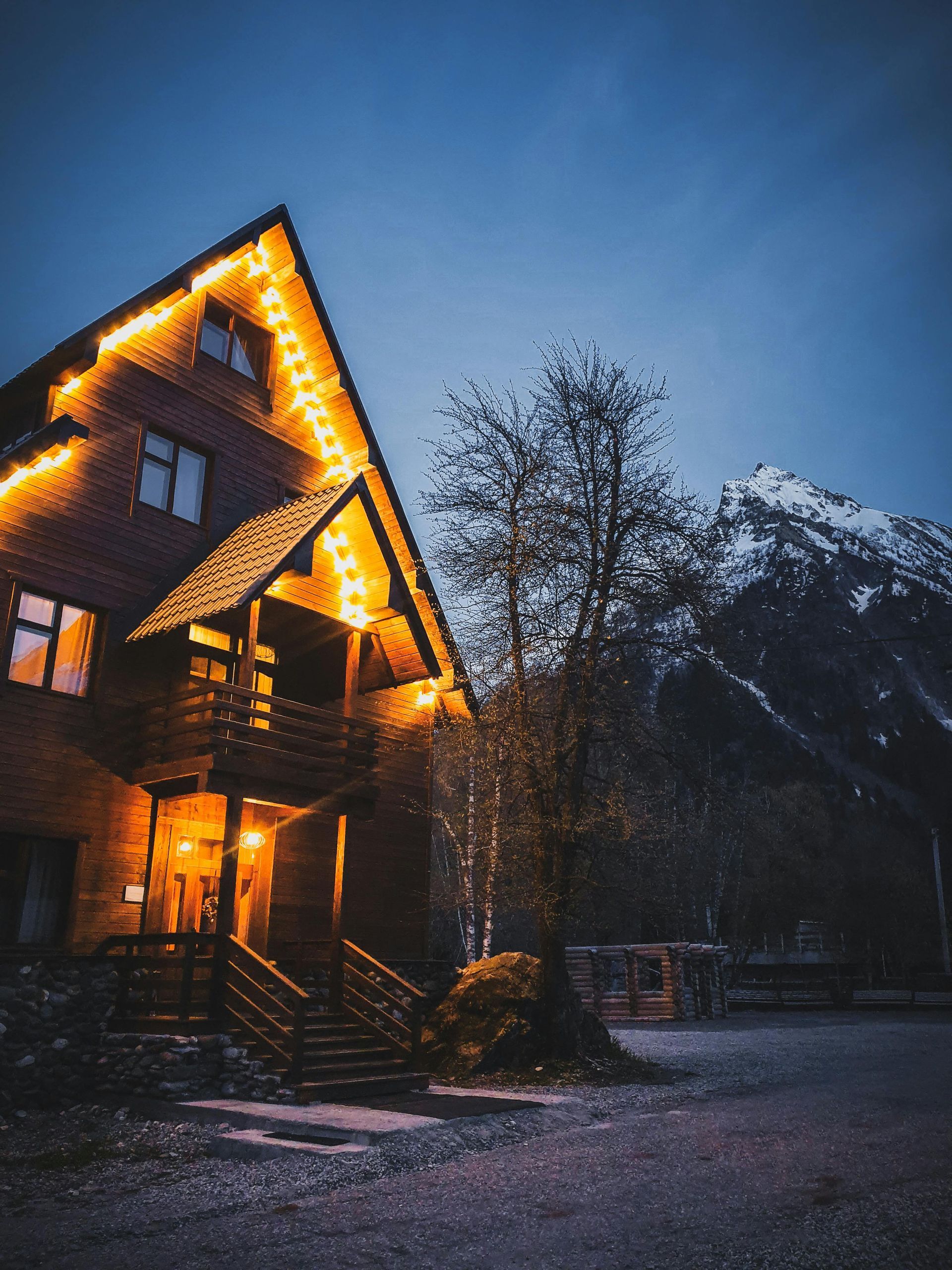Winter is Coming: Your Final Home Sealing & Prep Checklist
Winter is Coming: Your Final Home Sealing & Prep Checklist
Here in Central Texas, the arrival of fall brings welcome relief from the intense summer heat. But as the temperatures begin to drop, it’s a crucial reminder that winter isn’t far behind. While we may not face mountains of snow, Texas winters can deliver their own unique challenges, from freezing rain and ice to sudden, bitter cold snaps.
Now is the perfect time to perform the final checks to "seal" your home's protective envelope. A little proactive maintenance can prevent costly damage from moisture and wind, while also saving you a significant amount on your heating bills. At Graduate Contracting, we want to help you ensure your home is secure, warm, and ready. Here is your final prep and sealing checklist.
1. Fortify Your Flashing
Flashing is the thin metal material installed at critical joints on your roof—around your chimney, skylights, vents, and in roof valleys. Its job is to direct water away from the most vulnerable areas. Damaged flashing is one of the most common causes of roof leaks.
- What to Look For: From the ground, use binoculars to safely inspect your flashing. Look for any signs of rust, corrosion, or sections that appear bent, loose, or have pulled away from the roof or chimney.
- Why It Matters: The intense summer sun can cause the sealant around flashing to degrade. Gaps create a direct path for water, and during a winter storm, freezing rain can turn a small issue into a major leak. Ensuring your flashing is secure is a critical final step in winterizing your roof.
2. Check Your Caulking and Sealants
Caulk is the flexible sealant used around windows, doors, siding, and where pipes or wires enter your home. It’s your first line of defense against drafts and moisture.
- What to Look For: Walk around your home and inspect the caulking. The Texas heat is notorious for causing caulk to dry out, become brittle, and crack. Look for visible gaps or areas where the sealant is peeling away.
- Why It Matters: Sealing these gaps does two important things. First, it stops drafts. A tiny crack can let a surprising amount of cold air in, forcing your heating system to work harder and driving up your energy bills. Second, it prevents water intrusion from wind-driven rain, protecting your home's walls from moisture damage and potential mold growth.
3. Inspect Your Insulation
Your roof and walls can be perfectly sealed, but if your attic insulation is inadequate, you're still losing heat and money. Proper insulation is key to maintaining a comfortable and energy-efficient home.
- What to Look For: Take a quick, safe peek into your attic. Is the insulation distributed evenly, or are there bare spots? In most homes, the insulation should come up at least to the top of your ceiling joists. If you can clearly see the wooden joists, you may not have enough. Also, make sure insulation isn't blocking your soffit vents, as proper airflow is still needed in winter to prevent moisture buildup.
- Why It Matters: Heat naturally rises. Without sufficient insulation, the warm air you're paying to heat your home with will escape right through the roof. Topping off your insulation is one of the most effective ways to lower your heating costs and keep your home cozy all winter long.
Don't Wait for the First Freeze
Taking an afternoon to run through this checklist now can save you from emergency repairs in the middle of a cold snap. By ensuring your flashing, caulking, and insulation are in good shape, you can relax and enjoy the season with confidence.
If you spot any issues during your inspection or you’d prefer a professional eye, the experts at Graduate Contracting are ready to help.
Contact us today to schedule a comprehensive pre-winter inspection. We’ll make sure your home is sealed tight and ready for whatever this Texas winter has in store.


